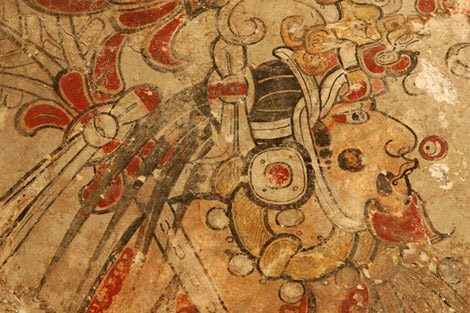Students and researchers turn to Infobase’s Ancient and Medieval History database for thorough coverage of world history from prehistory through the mid-1500s. Now, Ancient and Medieval History includes five additional new Topic Centers, each focused on the world history eras as defined in the National Standards for World History.
These new era-focused Topic Centers join the original nine Topic Centers on key civilizations and regions, bringing an even more well-rounded view of history to the acclaimed database and providing even easier access to the authoritative content than ever before. Now, in addition to being able to focus on individual historical civilizations, students and researchers can also explore the world as it was in different eras of history, allowing them to observe general historical trends and events that affected civilizations.
What Are Topic Centers?
Ancient and Medieval History’s editorially curated Topic Centers allow students and researchers to locate and explore relevant, authoritative content—including articles, primary sources, sharable slideshows, timelines, maps and charts, videos, and more—quickly and efficiently, providing valuable study guides and starting points for research.
The five new Topic Centers in Ancient and Medieval History are:
Origins of Human Society: Beginnings–4000 BCE
The first era in human history, from the origins of humanity to the emergence of agricultural societies, witnessed humanity’s origins in Africa, the peopling of the Earth, and early human inventions such as fire, language, stone tools, and agriculture. Use this Topic Center to study a map of the most recent ice age, view a slideshow on prehistoric art, or research the agricultural revolution.
Early Civilizations: 4000–1000 BCE
During this era in human history, from the agricultural revolution to the rise of the earliest complex urbanized societies, civilizations developed independently in several locations across the world. Use this Topic Center to research the early river civilizations, read some of humanity’s earliest written documents, or watch a video on the Harappan civilization.
Classical Traditions: 1000 BCE–300 CE
During the classic era, from the early city-states to the decline of the Han and Roman empires, many civilizations developed unique cultural and social institutions and styles that became defining for later civilizations in the same tradition. Use this Topic Center to view a slideshow of Greek sculpture, study a map of the Silk Road, or research the differences between Hinduism and Buddhism.
Expanding Zones of Exchange: 300–1000
The early medieval period, from the decline of the Roman empire to the rise of Song China, witnessed the emergence of the Islamic empire and the expansion of large regional trade networks. Use this Topic Center to explore maps of trans-Saharan or Indian Ocean trade routes, research Tang China or the Byzantine Empire, or read an excerpt from Meadows of Gold by the explorer al-Masudi.
Intensified Hemispheric Interactions: 1000–1450
During the late medieval period, from the Viking discovery of Canada to early Portuguese exploration, interregional trade in Afro-Eurasia expanded under Chinese, Muslim, and Mongol rule. In the Americas, the Inca and Aztec empires flourished. Use this Topic Center to discover the Kingdom of Benin, explore the Mongol Empire, or research the beginnings of capitalism or the Black Death in Europe.



